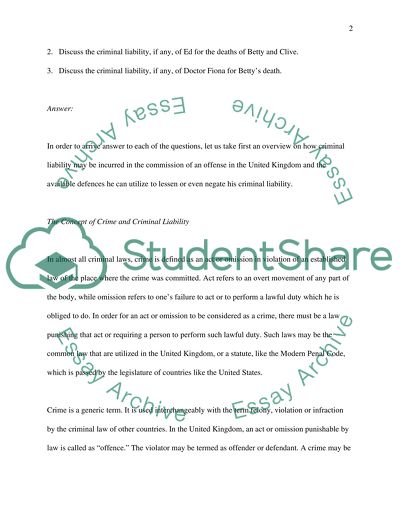Cite this document
(“Criminal Law Case Study Example | Topics and Well Written Essays - 1750 words”, n.d.)
Retrieved de https://studentshare.org/law/1499444-criminal-law
Retrieved de https://studentshare.org/law/1499444-criminal-law
(Criminal Law Case Study Example | Topics and Well Written Essays - 1750 Words)
https://studentshare.org/law/1499444-criminal-law.
https://studentshare.org/law/1499444-criminal-law.
“Criminal Law Case Study Example | Topics and Well Written Essays - 1750 Words”, n.d. https://studentshare.org/law/1499444-criminal-law.


